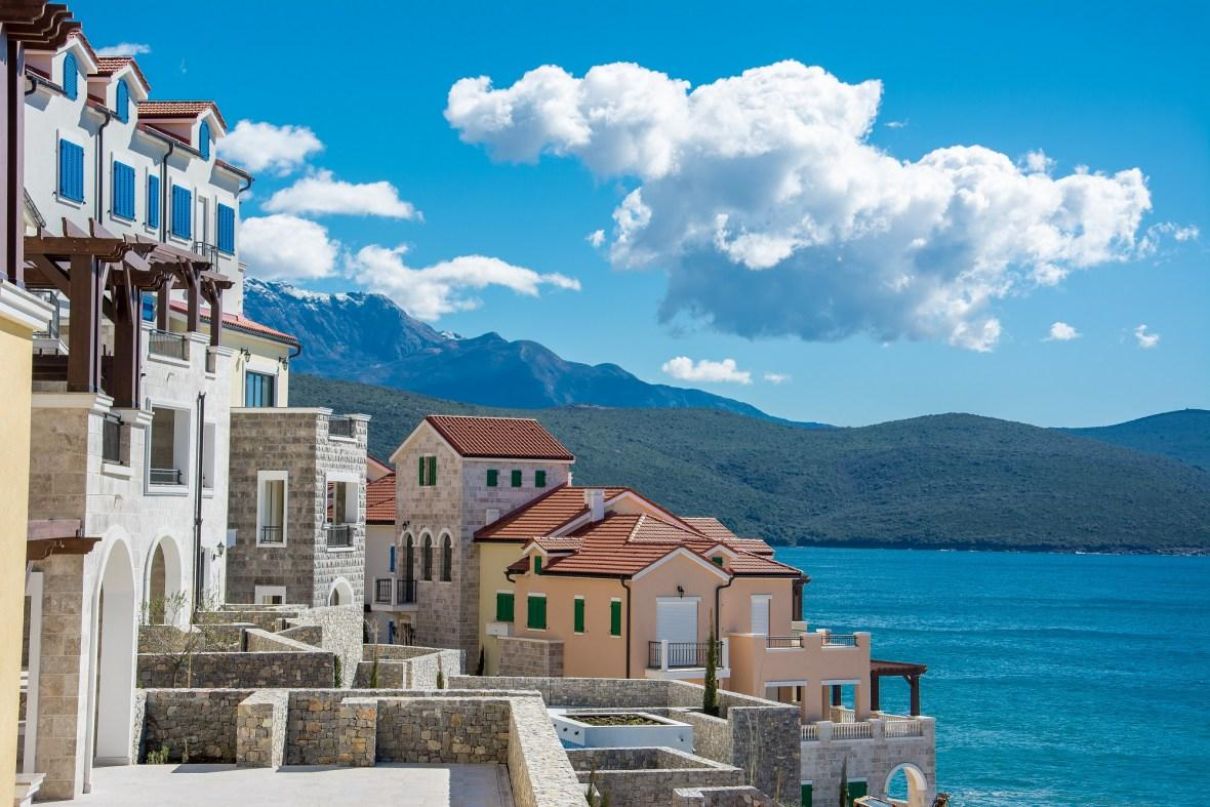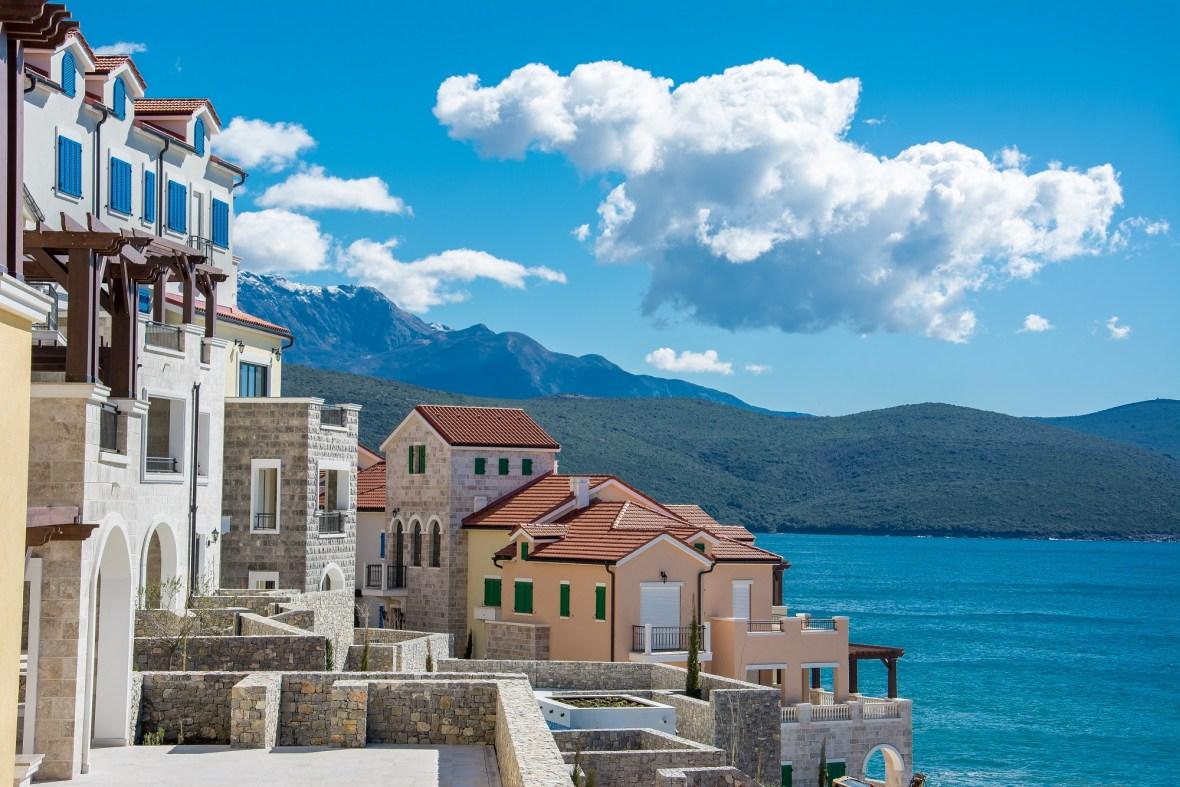Montenegro: A Window To The Past

Lord Byron wrote: "The most beautiful merging of land and sea occurred at the Montenegrin seaside”. A few centuries on, his words still ring true.

The past feels particularly vivid in Montenegro. The hundreds of military bases that sprouted up during the turbulent last four decades in the Balkans jostle for space with sepia-tinted medieval towns and ancient ruins.
On my way to a sun-drenched beach one morning, my bag stuffed with paperback books and spare bikinis, I passed a 1990s airline hangar, an abandoned tank and two crumbling 14th century castles. Bullet holes marked the walls of the pale gold medieval squares where we sipped Aperol Spritz in the sun.
One day, we sailed out Our Lady of the Rocks, a man-made island created in the 15thcentury by nearby villagers, who weighed down hundreds of stolen ships with rocks to create a patch of land in the sea as an offering the Virgin. Today, locals still sail out to ‘Our Lady’ each July to throw sun-warmed stones into the water and ensure this tiny church is safe from flooding.
Montenegro, for all its complex charm, has been surprisingly late to the tourism game. Its warm seas and hot summers should have holidaymakers fighting for a hotel room come July and August. Soaring, fjord-like mountains plunge into the glassy Adriatic, as the coastline curls into hundreds of bays, ensuring spectacular 360-degree views that look like Lake Como from certain angles and Cape Town from others.
Speeding through the Bay of Kotor in a boat is a visual feast. Mountains worthy of a James Bond film are reflected in the still water of the harbour, and small restaurants are built into the rocks, selling freshly caught fish with rich, ripe tomatoes and lots of local white wine.
But part of what makes Montenegro so alluring is its almost baffling lack of development. As a travel writer, I am often invited on trips to destinations described as ‘The Next Big Thing’. But more often than not, I arrive to discover they are very much a thing, and packed with high-rise hotels, cruise ships and overpriced restaurants.
But Montenegro’s path to becoming a tourist hub has been a complex one. Back in 2006, when the small country voted to be independent from Serbia, most first-time visitors were in awe of the landscape. But they found little to no infrastructure – no direct flights from any global hubs and barely any hotels or restaurants on the glorious Adriatic.
Which meant the yachting community moved in first. Freed from the need for transport links, good hotels or high-quality restaurants, yacht owners sailed down from Croatia to the medieval town of Kotor and its burnished gold summer streets.
Ten years ago, Egyptian tycoon Samih Sawiris was one of them. Blown away by what he called the most beautiful coastline in Europe, he decided to develop Luštica Bay on the Adriatic side of the Luštica Peninsula. Originally an Austro-Hungarian naval base, it became a Yugoslav navy shipyard after World War II. As a hint to the past, a restored Yugoslav submarine glints in the sunlight as you drive down the cicada filled track to the sea.
The first hotel in the bay, a glittering blue and white Chedi, opened late last summer opposite the main marina, and architects have been careful to ensure that the area around it looks as authentic as possible, from mis-matched shutters to rust-coloured roofs and uneven floor plans. Montenegro’s second five-star hotel, the Chedi’s infinity pools and high-end restaurants will no doubt lure more luxury travellers and yacht owners to the country.

But it won’t stand alone – in its new incarnation, Luštica Bay will have seven hotels, 500 villas, more than 1,000 apartments, two marinas, a small school and medical facilities. Not to mention a long stretch of beach covered in pink and white sun-loungers.
Montenegro sadly can’t remain a hidden pearl forever. Budget airlines have cottoned on to its potential and now fly to the capital of Tivat. But by insisting on high quality, low impact investment, Montenegro is keeping hold of the charm that made it so beguiling in the first place. And by avoiding the curse of 20-storey eyesore hotels, it is remaking itself into the Eastern European version of what the French Riviera once was.
It was Lord Byron who famously wrote that “At the moment of the creation of our planet, the most beautiful merging of land and sea occurred at the Montenegrin seaside”. A few centuries later, his words still ring true.








